

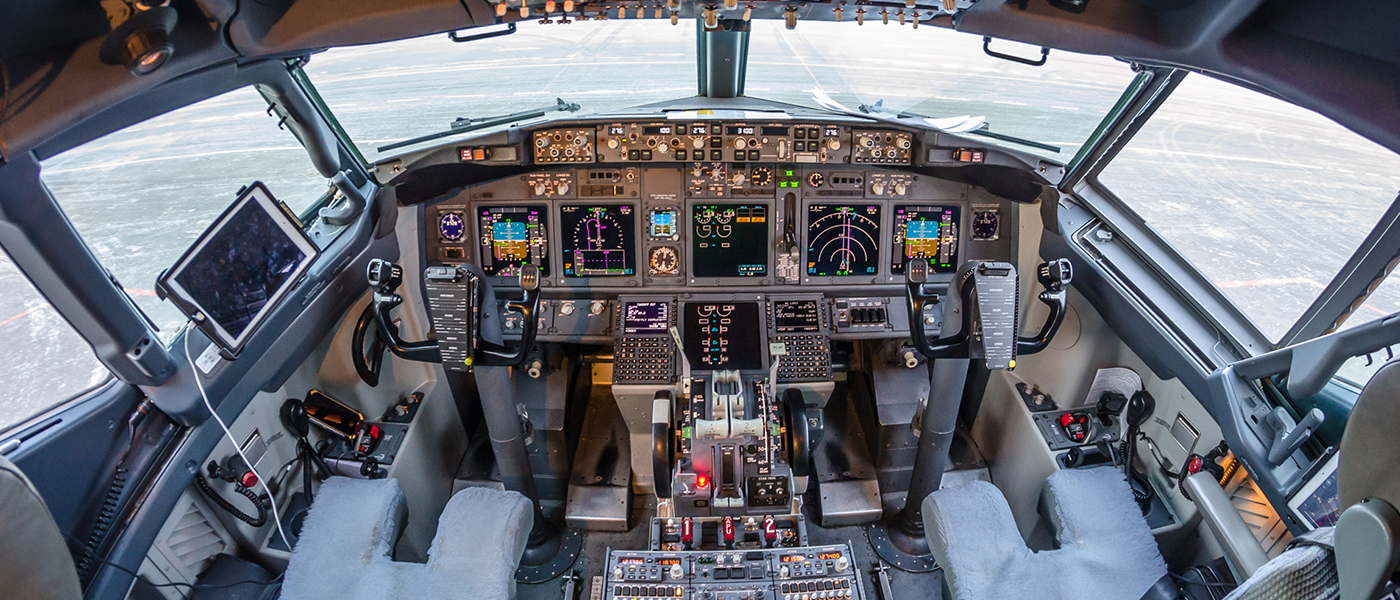
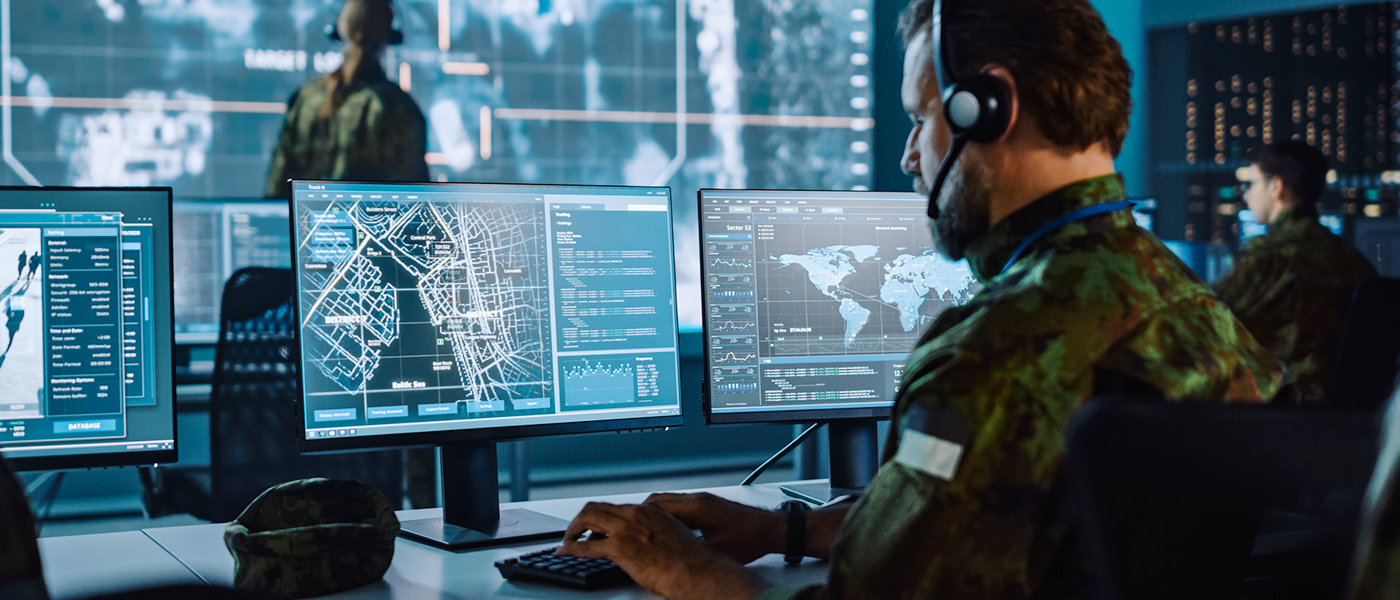
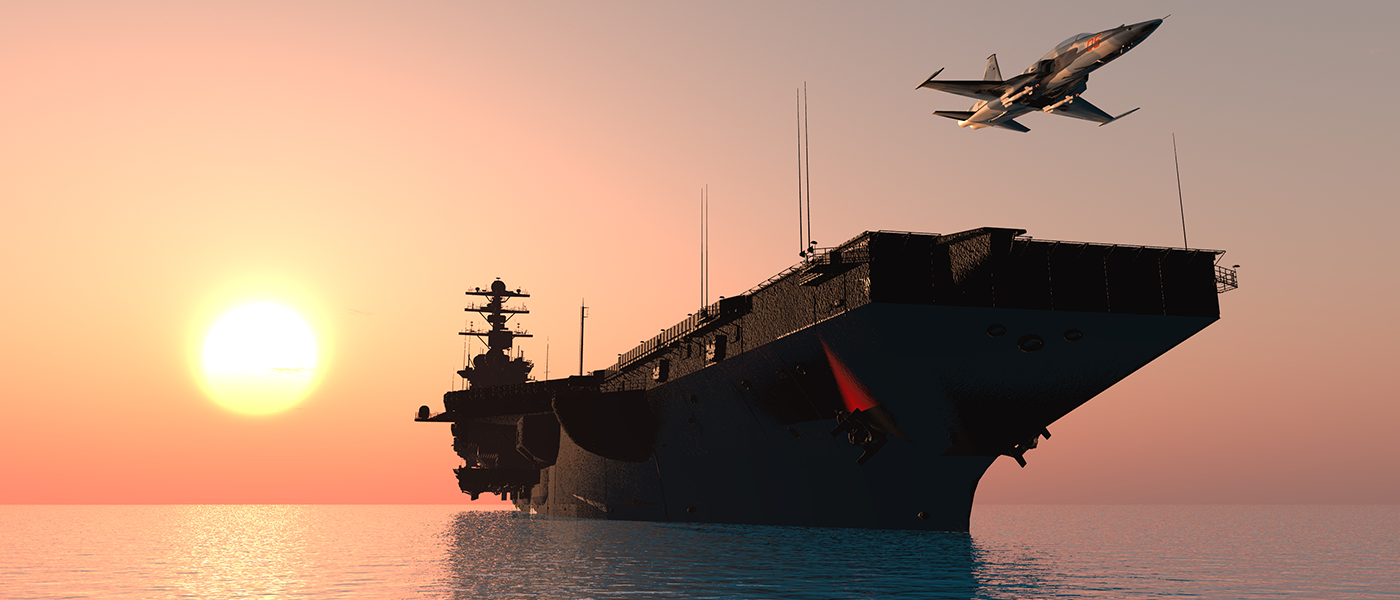

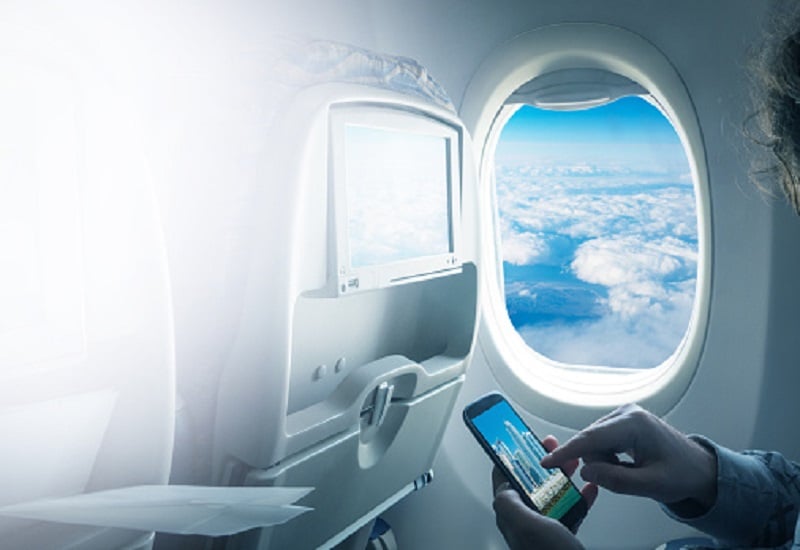
How has the pandemic affected air travel? Why are airlines focusing more on passenger safety rather than enhancing their inflight experience? How has the IFEC become one of the important aspects under customer-centricity? Read this analysis to know more.
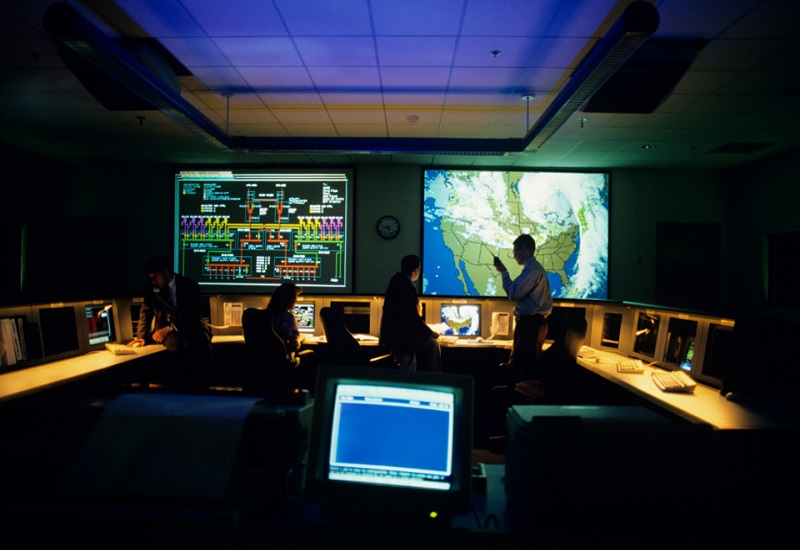
Cybersecurity systems are used to protect information technology networks, sensors, combat systems, and data across the enterprise from exploitation or destruction by adversaries. Assess the procurement, operations and maintenance activities.
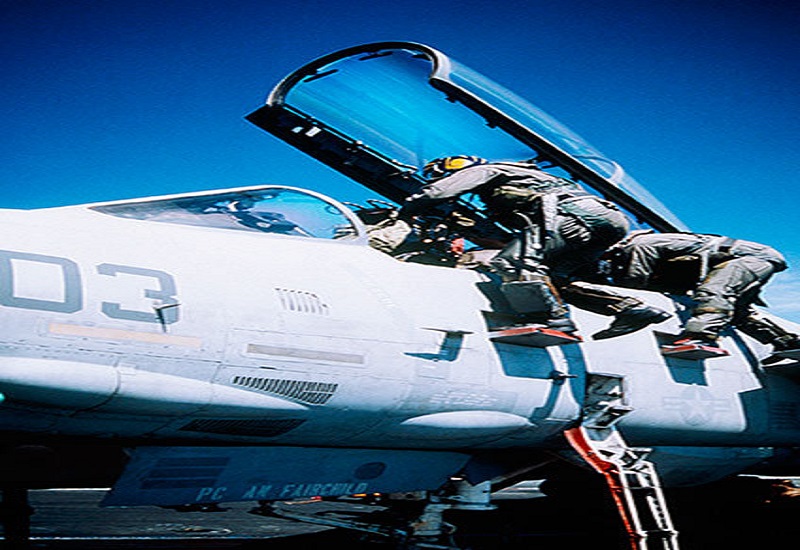
Why have new green policies and the need to enhance capabilities made defense operators seek new power sources and energization mechanisms? What technologies will impact energization? What are the main segments in airborne energization? Find out in this research.

Agents are the front lines in handling customer emotions. Often when customers call, they have already exhausted poorly designed self-service options and are frustrated by the time the agent takes the call. The COVID-19 pandemic accelerated the need for work-at-home agent (WAHA) models and self-service to assist with rising call volumes. As a result, companies are rethinking the balance of self-service and live agents. However, companies are not seeing how crucial employees are to CX. Employee retention is still a low priority across industries.
Contact centers faced unprecedented obstacles last year. With remote work, peer support was lost, and remote training proved difficult without the right technologies and software. Having agents deal with sensitive data when they work from home without implementing security measures to protect customers has been particularly problematic. And creating and managing COVID-19 protocols is challenging for those who are on-site.
Schedule a dialog or email us at myfrost@frost.com to connect with an industry expert at no charge. We are taking unprecedented action to make our team available to help you cut through the media and politics to get factual one-to-one guidance for the issues and opportunities that matter most to your business.
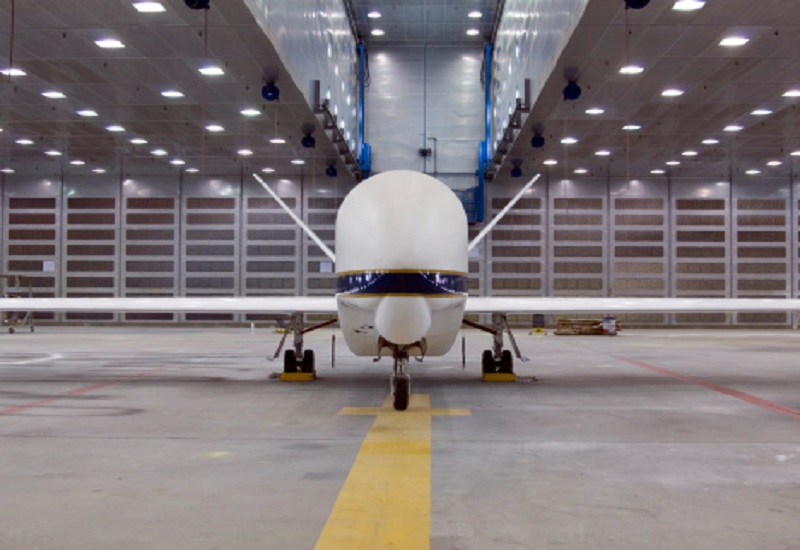

What challenges could manufacturers and service providers face?
Read more Request Info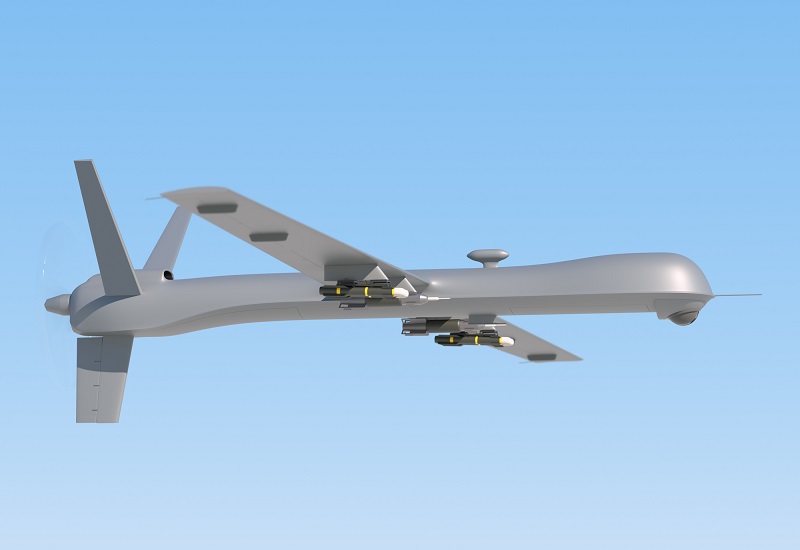
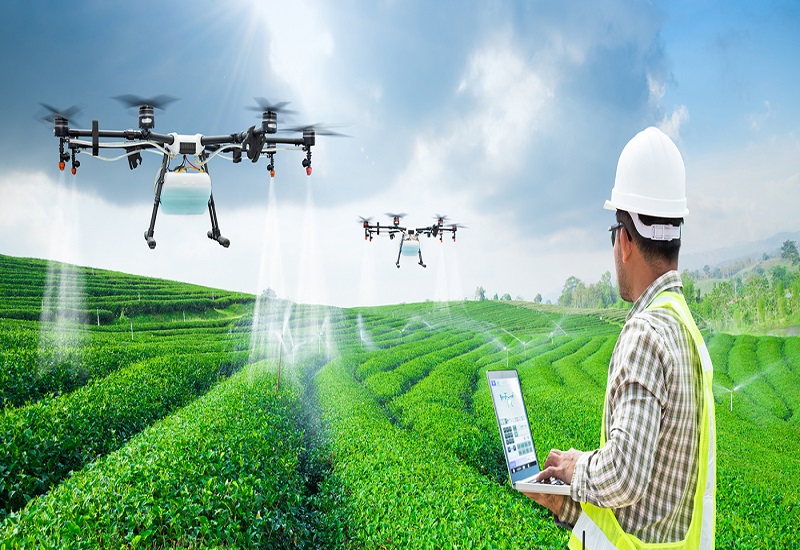
What are the future concepts, go-to-market strategies, and advancements?
Read more Request Info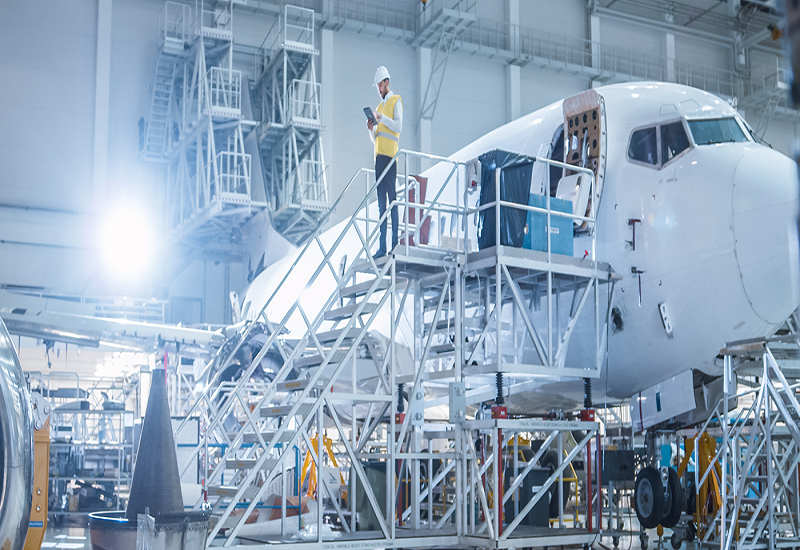
How are advancements in technologies and business operations influencing this sector?
Read more Request Info
Examine the challenges faced by space agencies and discover the new and emerging firms
Read more Request Info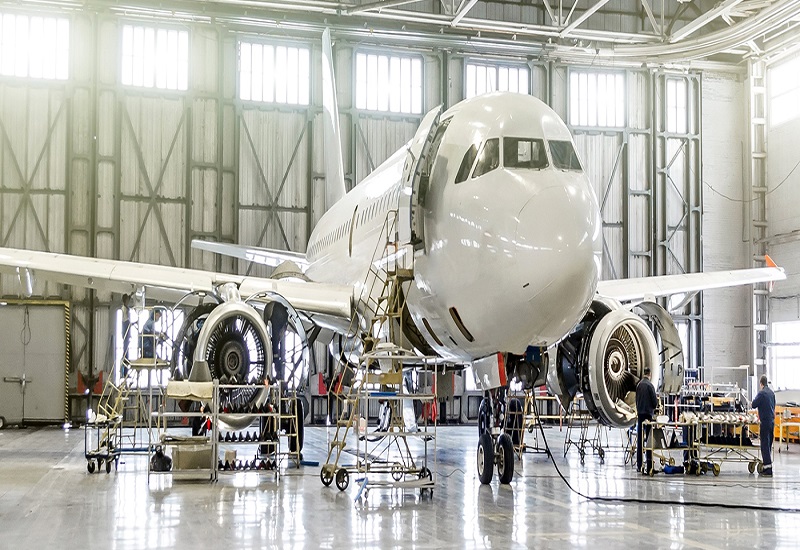
Examine its vital role in improving manufacturing process efficiency and innovations
Read more Request Info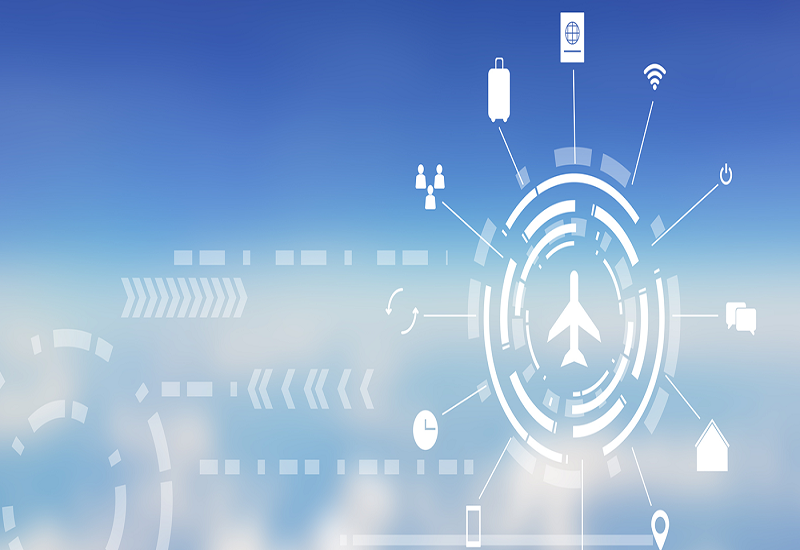
What will contribute to the recovery of the aviation industry, and how can airports sustain business operations?
Read more Request InfoThe COVID-19 pandemic has made the commercial aerospace industry focus more on new technologies to help run business operations more efficiently and provide better product offerings to their customers. In H1 2021, Frost & Sullivan performed a research study, “Disruptive Technologies Transforming the Global Commercial Aerospace Industry Through 2035,” and identified 18 disruptive technologies that will be impacting the commercial aerospace industry by 2035.
Read more
For some awkward reason, after 9/11, airlines turned away from their included services to a new business concept called ancillary revenue. This allowed airlines to lower their ticket cost by segmenting the prices on different services like Check-In, Priority Boarding, the journey itself, and of course the beloved baggage fees — providing them similar overall total cost at the end of the journey, but nickel-and-diming passengers through various points.
Read more
The increased geopolitical uncertainty and threat scenario have resulted in nations spending more on their defence preparedness. SIPRI reported defence spending at USD 1.98 billion in 2020, which is 2.6% higher than 2019. The increase has come even though there has been a significant slowdown of the global economy, in addition to trillions of dollars being pumped for fiscal stimulus and healthcare measures.
Read more
Frost & Sullivan’s recent analysis of the global commercial avionics industry finds that airlines’ increasing focus on improving flight operations is expediting market growth. Digital glass displays, connected flight management systems, and HUD (head-up display) are gaining traction due to the emphasis on enhancing flight operations. Airlines can also improve safety and efficiency by applying avionics systems, which encompass communication, navigation, and surveillance equipment.
Frost & Sullivan, a world-renowned driver of growth opportunity pipelines for the world’s most influential companies, today marked the 60th anniversary of the company’s founding in New York by Lore A. Frost and Dan L. Sullivan. The company plans to highlight the progress made in strengthening its core competency of identifying growth opportunities for clients, as well as highlighting strategies to bring this expertise to even more companies in the coming decades.
Frost & Sullivan’s recent analysis of the global aviation Satcom market finds that it is poised for improved flight operations and connectivity as a result of increased investment in in-flight entertainment. This will improve the passenger experience, enhance safety, and increase the efficiency of flight operations. Catalyzed by the aviation market’s shift toward more connected and smart aircraft, the market, comprising of the cockpit segment, cabin segment, and in-flight entertainment and connectivity (IFEC), is estimated to reach $730.4 million by 2030 from $527.2 million in 2020, at a 3.3% compound annual growth rate (CAGR).
Read more